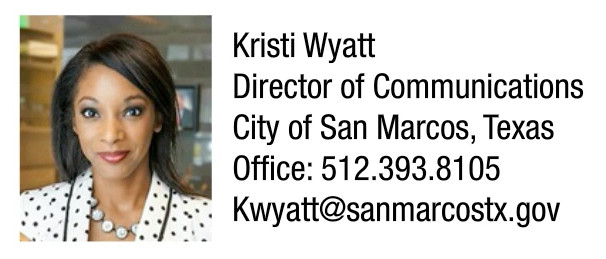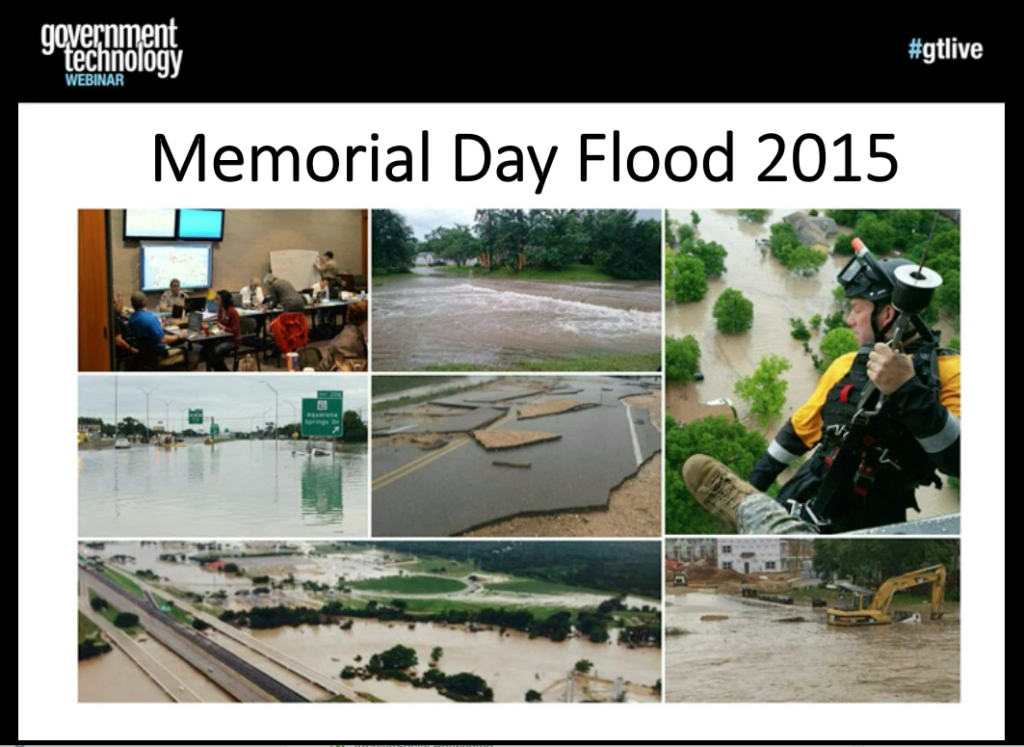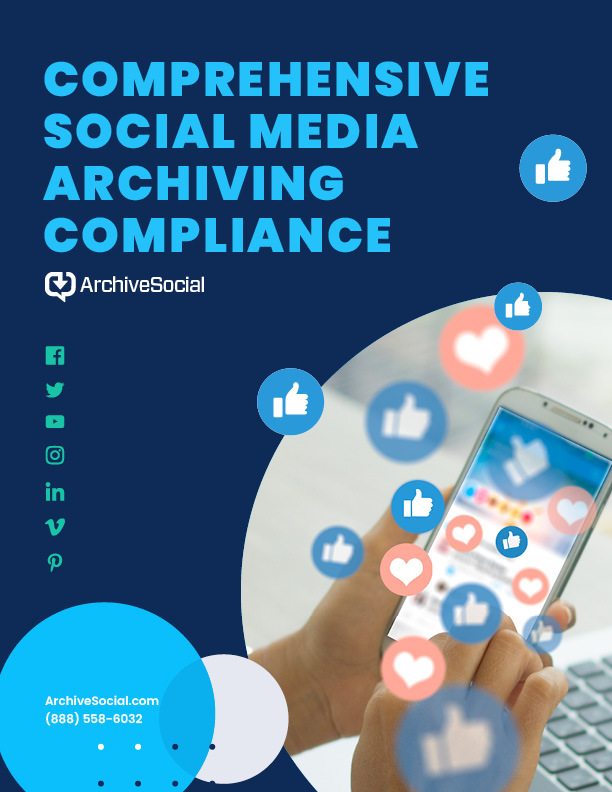Wyatt has been working in government communication for eight years, and has been with San Marcos for 10 months. In the last five months the city has been struck by two major floods.
The first of these floods, which occurred over Memorial Day weekend, caused 11 deaths, including 2 children, and caused $35 million in damage. Hundreds of people were evacuated to shelters, not including others evacuated elsewhere. The emergency center remained open for two weeks.
Halloween brought another massive flood, with more than 1000 homes affected. The city also experienced a tornado within the city limits.
Through all of this, the city utilized every available method – traditional media, special website updates, volunteers to distribute fliers, and neighborhood information kiosks – to get lifesaving information to citizens. Press conferences were held, in addition to live-streaming town hall meetings. The most successful and wide-reaching communication tool at their disposal was social media.
“The main way we communicated was through social media,” says Wyatt. “We noticed that national and local media wanted to focus on exciting images, such as a water rescue. Important elements were missing from TV coverage – we wanted to tell citizens about road closures, the need to boil drinking water, and where help was available. We weren’t able to control [national media] messaging, but with social media we could control the message.”
Wyatt also emphasizes the importance of the interactivity of social media:
“With social media, we can have two-way conversations. We could share pictures of damage, and ask citizens to report damage. Social media could be used to help people in danger – we had people posting pictures of themselves saying they needed rescuing. Social media was very valuable at that time.”
Wyatt and other city officials were also able to utilize social media to find and debunk rumors, creating a rumor page on the city website, which was used to dispel false information.
During the recovery period, it was important for Wyatt and the City of San Marcos to look back and evaluate their response to the disaster. Since the city has an archiving solution in place, it was easy for Wyatt and the city to rewind and review how the crisis was handled:
“We were able to find our social media conversations on ArchiveSocial, so we could look back and ask ourselves how we can be better prepared the next time. When asked the question, ‘What did we do to warn people?’, we were able to compile that information using our social media archive.”
Wyatt emphasizes that social media archiving is not only useful in emergency scenarios or for compliance reasons – it can lead to better governance and community communication overall. Using the ArchiveSocial Risk Management & Analytics suite helps Wyatt keep track of public sentiment surrounding various issues: “RMA let’s me know what people are passionate, angry, or happy about.”
Regarding potential negativity an organization may encounter online, Wyatt shares this insight: “You don’t have to be afraid – people are going to say bad things about the city, they are going to have opinions, but if you really do social media well and you have conversations and engage people, you can know you will have people who are champions of your city. Anytime we encounter negativity online…we have citizens that come to our defense, because we really take the time to build relationships.”
“Although we often think of social media archiving as a thing we need for open records requests,” Wyatt shares, “it’s also a valuable tool to look at social media use on a daily basis, what you’ve done in the past, and what you can do better.”





